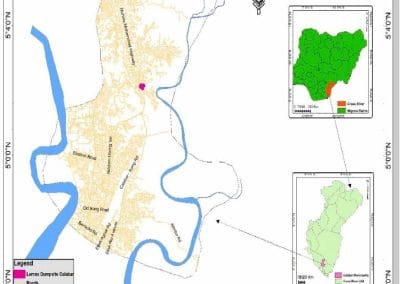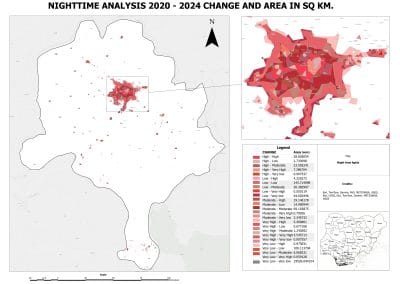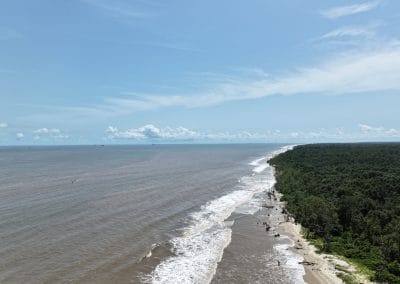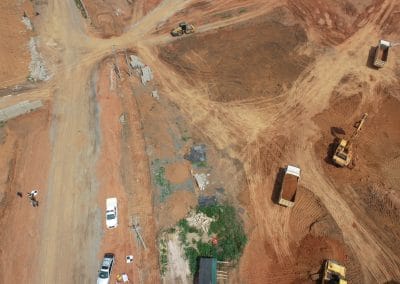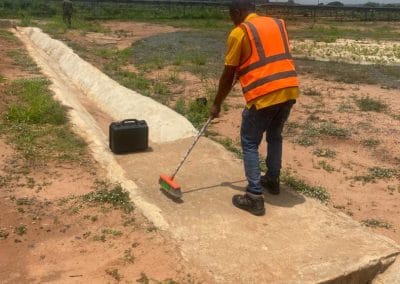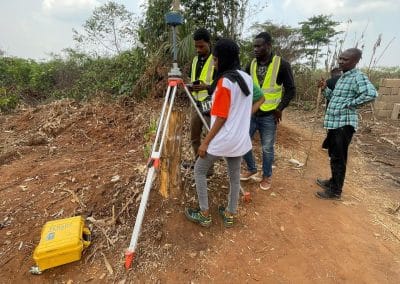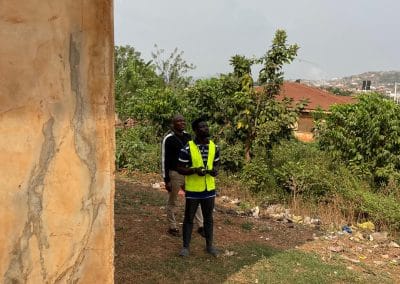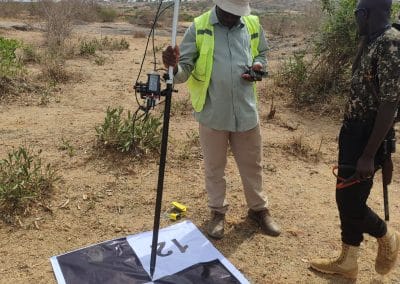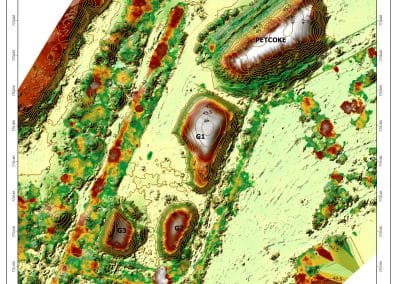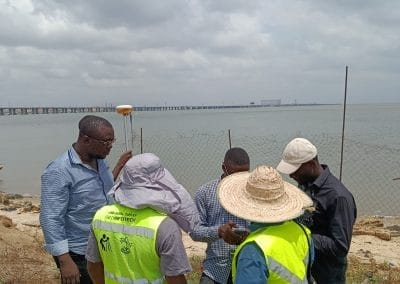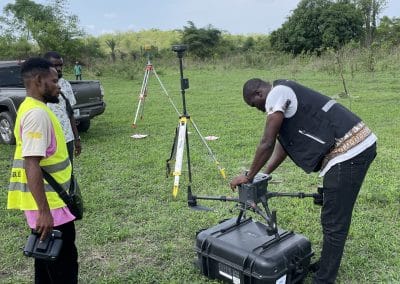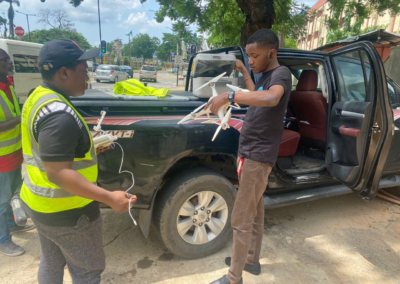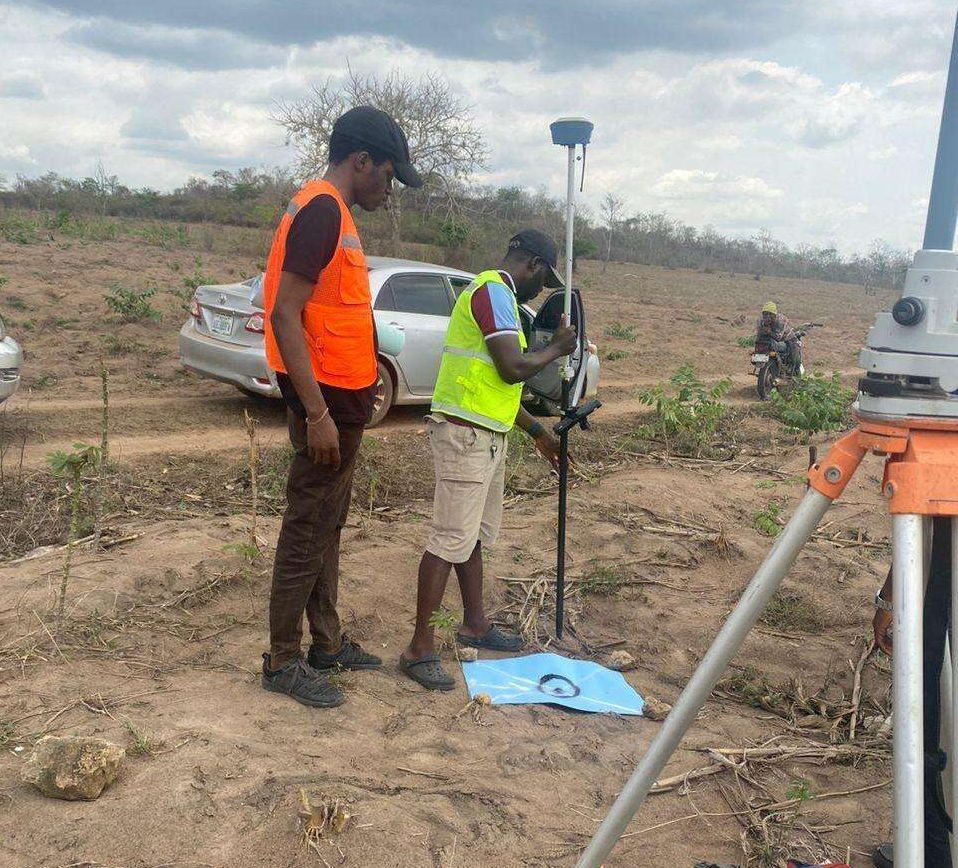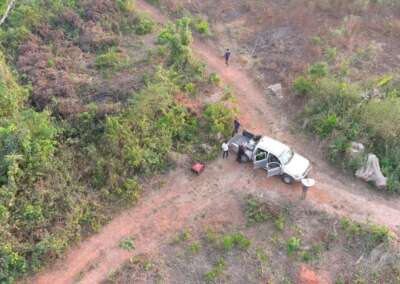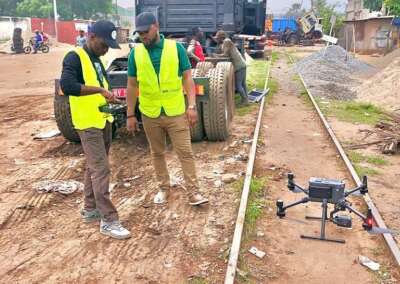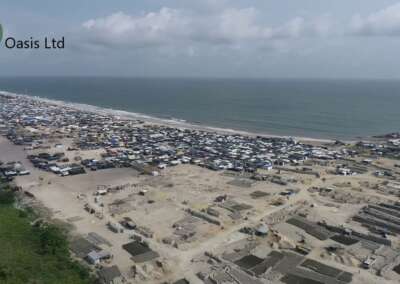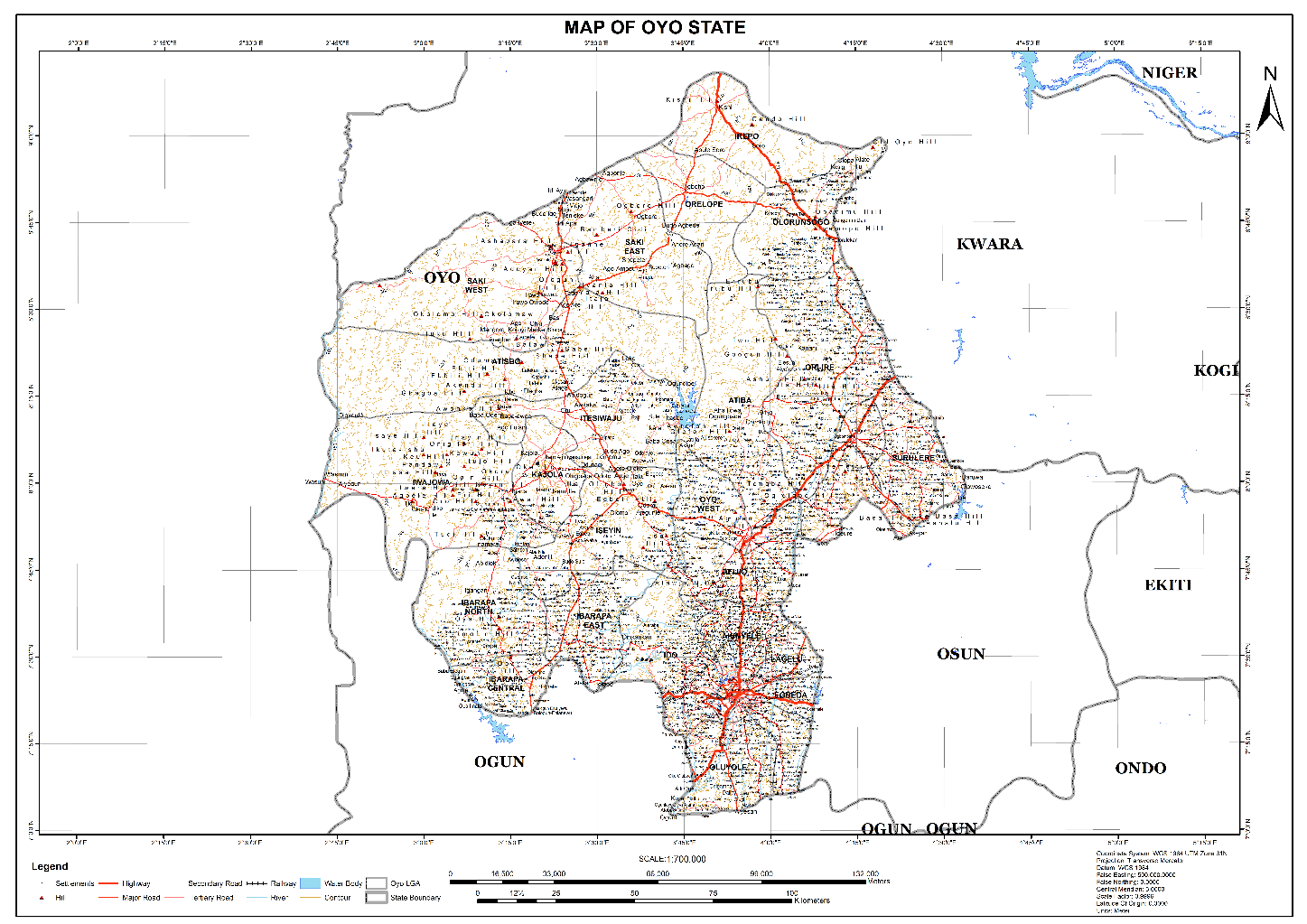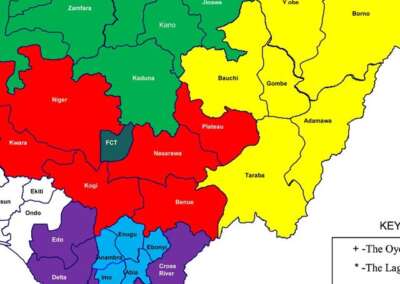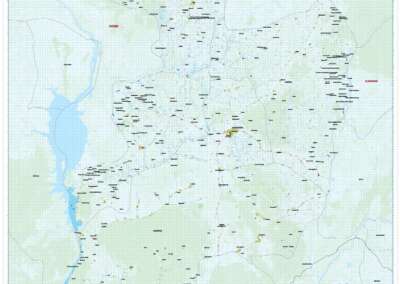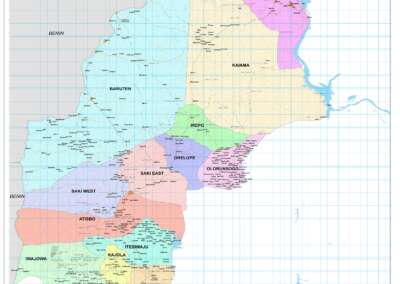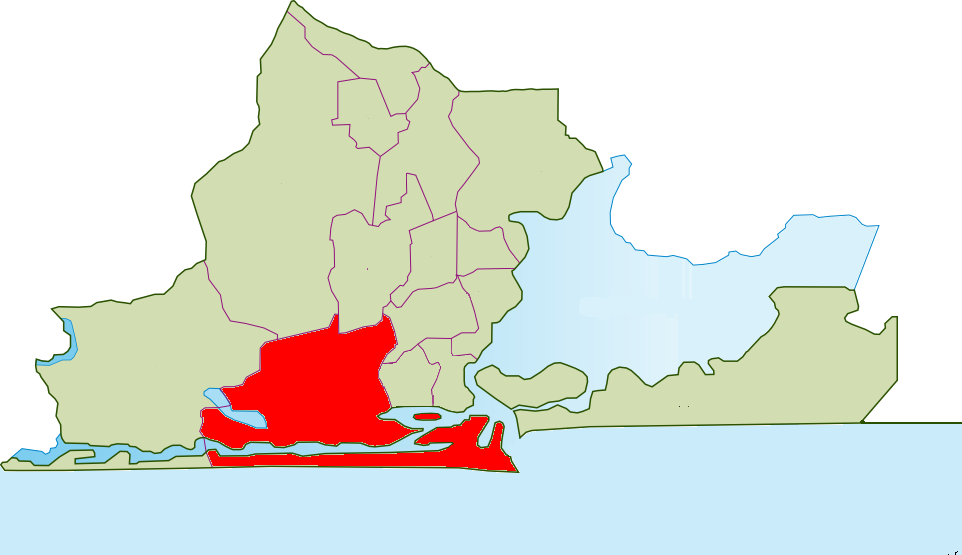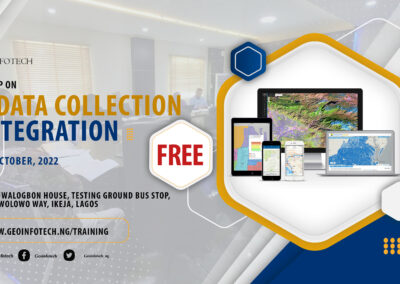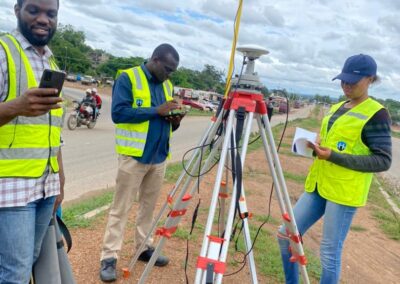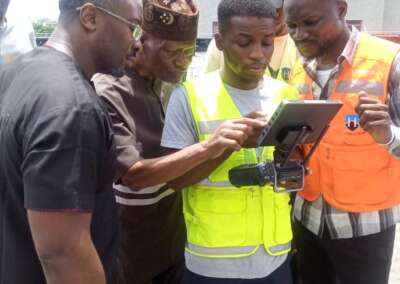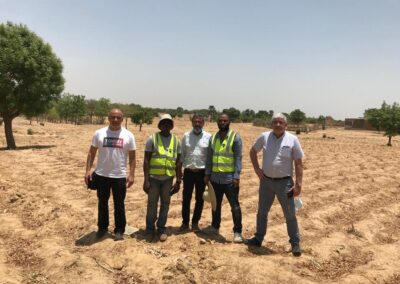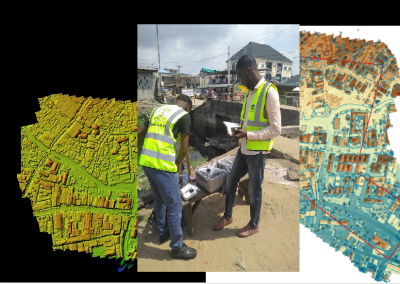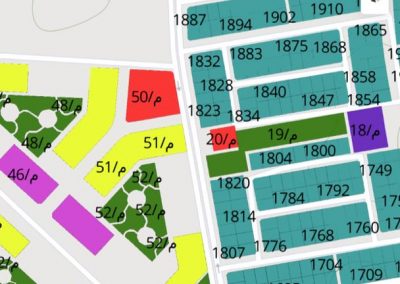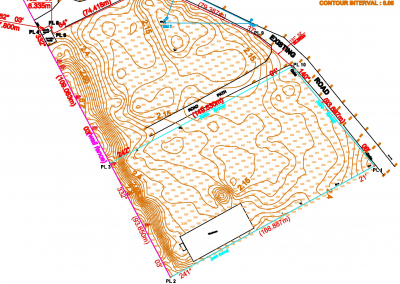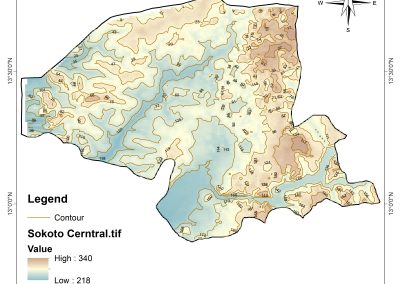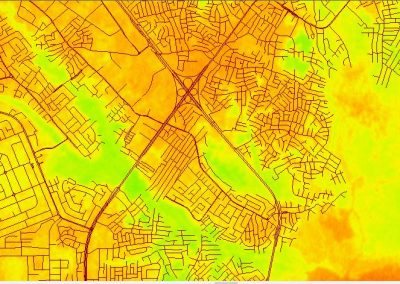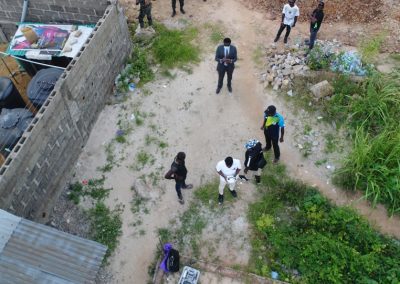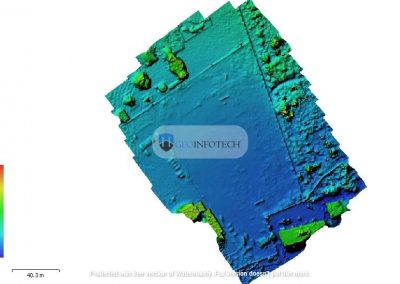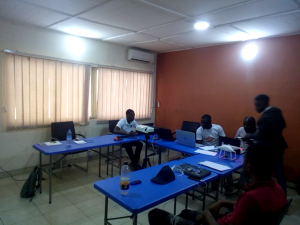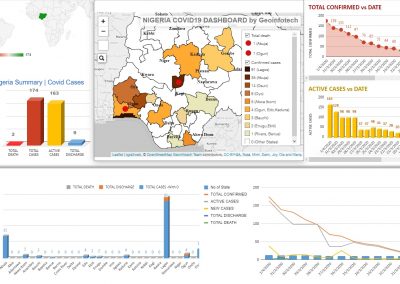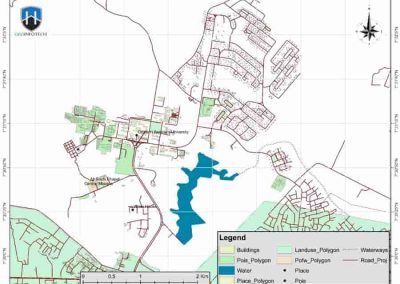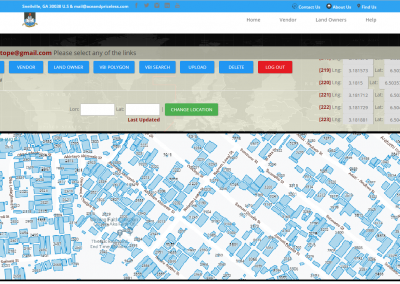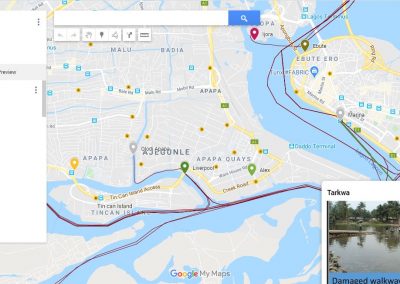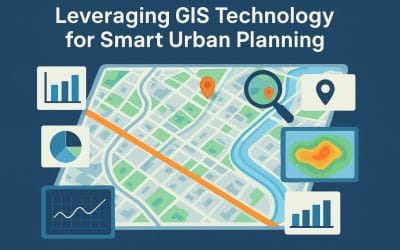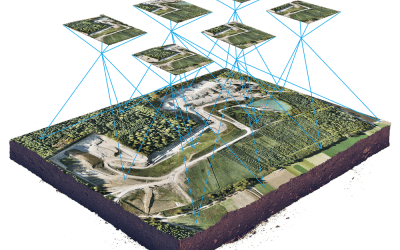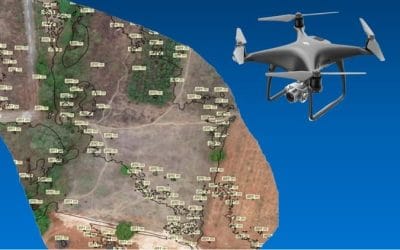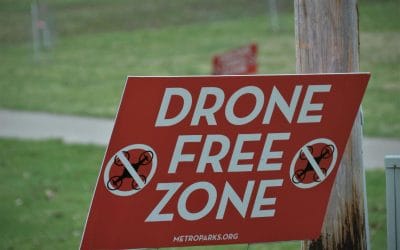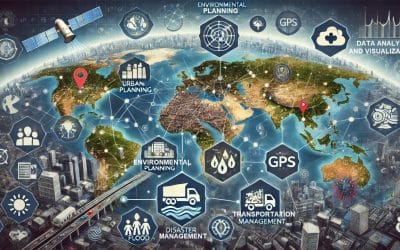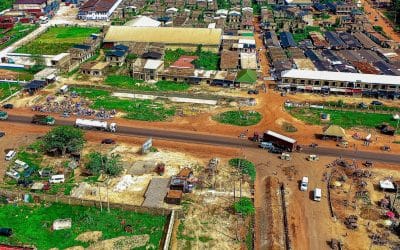In an era where drones soar, satellites capture, and algorithms analyze at lightning speed, disaster mapping has never been more powerful or more ethically complex. Geospatial technologies have revolutionized the way we respond to disasters. Real-time flood maps, damage assessments from drone imagery, and predictive models powered by machine learning save countless lives and resources every year. Yet, behind these impressive tools lies a difficult but vital conversation: How do we ensure that the way we collect, share, and use spatial data respects the people affected by disasters?
In this post, we explore three pillars of ethical disaster mapping: privacy, consent, and accuracy.
PRIVACY: The Invisible Vulnerability
When a disaster strikes, data pours in from every direction: satellites, drones, mobile apps, social media, and on-the-ground responders. This data often contains sensitive information:
- The exact locations of displaced families
- Medical needs of individuals
- Damage assessments that expose property and livelihoods
The ethical challenge:
How do we balance the need for detailed data with the right of individuals to privacy, especially in their most vulnerable moments?
For instance, after the 2023 Turkey-Syria earthquake, high-resolution imagery captured temporary shelter locations. While essential for aid coordination, such data also exposed the whereabouts of already vulnerable populations — raising concerns about targeting or exploitation.
Best practice:
- Anonymize personally identifiable information (PII) wherever possible.
- Use aggregation and obfuscation techniques to generalize data for public dissemination.
- Limit full-resolution data access to verified, authorized responders.
CONSENT: Mapping for People, Not of People
Unlike routine urban mapping, disaster mapping often occurs without the direct participation or consent of those being mapped. A flood survivor doesn’t sign a release form before their destroyed home appears on a damage assessment layer.
The ethical challenge:
In the rush to map crises, are we bypassing the very people we aim to help?
Consent in disaster mapping may not always be practical, but engagement is. For example, participatory mapping programs like Missing Maps engage local communities in data collection before disasters happen, ensuring data accuracy and building trust.
Best practice:
- Engage local communities in preparedness mapping whenever possible.
- Be transparent about how disaster data is collected, stored, and used.
- Incorporate local knowledge to validate and improve mapping outputs.
ACCURACY: The Double-Edged Sword
Inaccurate maps during disasters aren’t just mistakes, they can cost lives.
An incorrect flood extent map may:
- Send relief teams to the wrong location
- Overlook isolated communities
- Misallocate already scarce resources
But hyper-accuracy isn’t always the solution either. As maps become more detailed, they can inadvertently expose sensitive locations (such as where aid is stockpiled or where displaced people are gathering).
The ethical challenge:
How do we strike the right balance between data precision and contextual understanding?
Best practice:
- Validate remote sensing data with ground truthing when feasible.
- Clearly communicate the uncertainty and limitations of spatial data.
- Use caution when sharing highly precise data publicly.
Why Ethics Matter More Than Ever
As geospatial professionals, we often focus on the technical challenges: better resolution, faster processing, deeper insights. But when we work in disaster contexts, the stakes rise dramatically.
We are not just handling data points; we are handling people’s lives.
Ethical disaster mapping isn’t a luxury. It’s a responsibility. And as technology evolves from AI-powered predictive models to ubiquitous real-time monitoring, these ethical questions will only grow more urgent.
A Call to Action for the GIS Community
As GIS analysts, data scientists, and humanitarian responders, we must:
- Embed ethics into every stage of the disaster mapping workflow.
- Advocate for stronger guidelines from international organizations.
- Push for responsible data sharing agreements.
- Remember that the people we map should always remain at the center of our work.
“With great data comes great responsibility.”
A principle every disaster mapper should live by.





